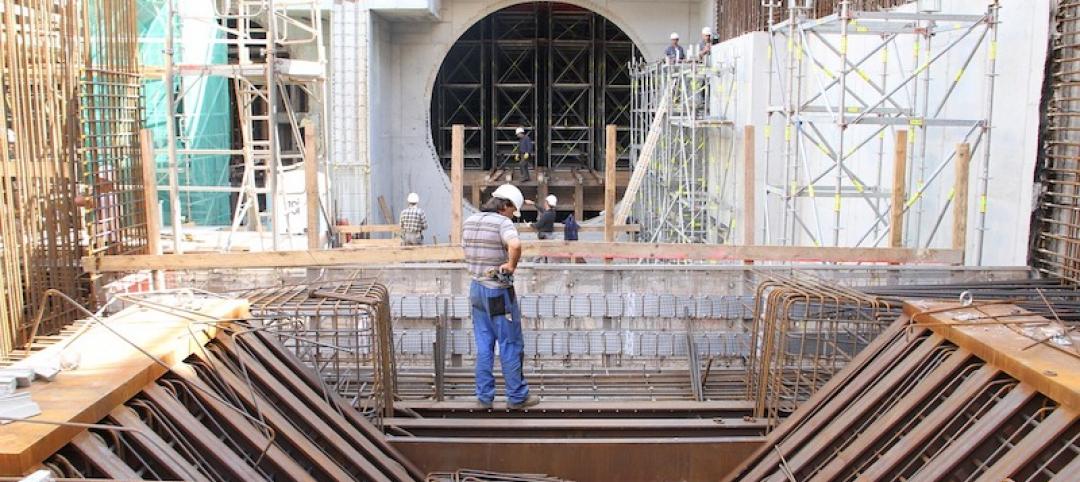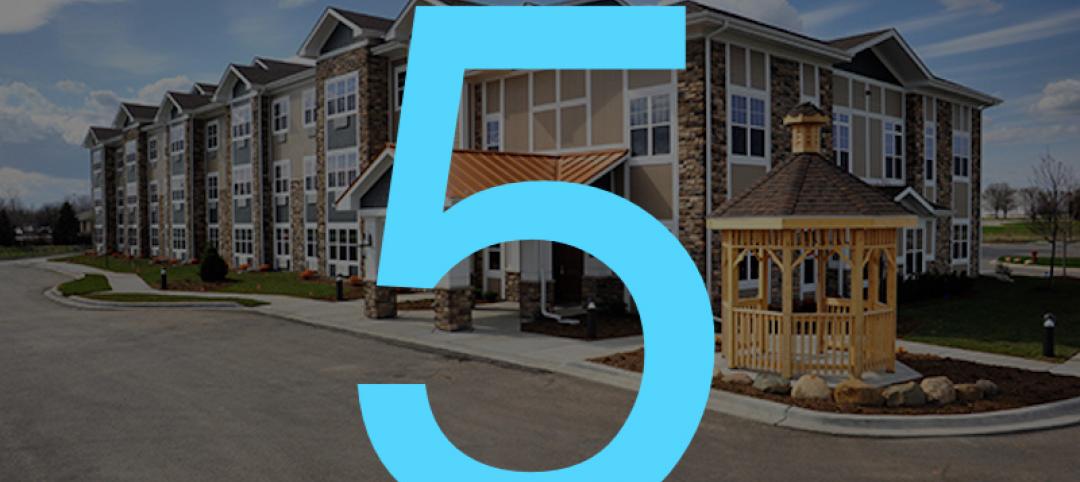The International Code Council conducted a follow up survey of building and fire departments to learn how code officials are coping with the professional challenges brought on by the COVID-19 pandemic. From August 11 through September 3, 2020, more than 800 respondents from all 50 U.S. states and the District of Columbia provided input. Respondents came from states as well as and local jurisdictions that range in size from 700 people to 4 million.
This survey builds on the results of a prior survey, undertaken in April when states were beginning to issue stay-at-home orders, to determine how departments have responded in the interim and how they are keeping up with new building permits and new construction during the pandemic months.
The results underscore the importance of additional federal resources for code departments. Although the U.S. Department of Homeland Security has determined the work of building and fire prevention departments to be essential to the nation’s response to the coronavirus pandemic—and no state has made a contrary determination—about half of survey respondents did not have the capability to remotely carry out critical aspects of their work. That’s an improvement from 6 in 10 in April, but still unacceptable given code departments’ vital role in communities' pandemic response, resilience, economic recovery and long-term success.
With many state and local governments facing severe revenue downturns resulting from the coronavirus pandemic, more than 4 in 10 respondents reported budget cuts this year, while a little less than half are expecting budget cuts next year. Only 1 in 10 respondents were able to access the $150 billion Coronavirus Relief Fund (CRF) that the federal Coronavirus Aid, Relief, and Economic Security Act (CARES Act, H.R. 748), provided to aid state, local, tribal, and territorial governments in response to this public health emergency.
Nearly all departments surveyed are performing inspections (98% now versus 93% in April) while nearly half still have key staff working remotely (47% now versus 66% in April). The results show small improvements in e-permitting (28% lacking that capability now versus 30% in April) and plan review capabilities (39% lacking that capability now versus 41% in April), with greater improvements in access to code materials (16% lacking access now versus 25% in April) and remote virtual inspections (50% lacking that capability now versus 61% in April). Local laws and departmental practices can restrict the use of virtual capabilities. Of the respondents that did not have e-permitting capability, or that had software that did not address all aspects of e-permitting, a little less than half pointed to policies that prohibit implementation of a more comprehensive solution with just less than 4 in 10 pointing to a requirement for submittal of hard copy plans.
“The results of this survey show how, in less five months, the Code Council’s governmental members have worked to ensure their departments can continue to protect public safety and spur economic activity in a virtual work environment,” said Code Council Chief Executive Officer Dominic Sims, CBO. “But too many departments have outstanding needs. It’s critical that sufficient resources to support building and fire prevention departments are provided by state and local governments through existing CARES Act funds and by the federal government through any subsequent economic stimulus package.”
In the coming weeks, the Code Council will produce a more detailed report on the survey’s findings, summarizing recommended best practices for remote work and policy considerations to facilitate the implementation of virtual solutions.
Related Stories
Market Data | Jun 22, 2020
Construction employment rises from April to May in 45 states, slips in 5
Rebound from April job losses reflects one-shot help from paycheck protection program loans and easing of stay-at-home orders, but cancellations and state and local deficits imply further cuts ahead.
Market Data | Jun 19, 2020
7 must reads for the AEC industry today: June 19, 2020
Brown University's first housing building in three decades and demand for family rentals expected to jump.
Market Data | Jun 18, 2020
New data shows construction activity returning to pre-coronavirus levels in many parts of the country
Association survey and data collected by Procore measure impacts of the pandemic, showing signs of a construction recovery, but labor shortages and project cancellations show industry needs federal help.
Market Data | Jun 18, 2020
AIA releases strategies and illustrations for reducing risk of COVID-19 in schools
For the 2020-21 school year, districts are facing the difficult task of determining if K-12 schools will reopen this fall.
Market Data | Jun 18, 2020
6 must reads for the AEC industry today: June 18, 2020
Northbrook's new cannabis dispensary and America's structural steel industry remains a success story.
Market Data | Jun 17, 2020
6 must reads for the AEC industry today: June 17, 2020
Santa Fe becomes the second city in the world to achieve LEED v4.1 and the megacity is dead.
Market Data | Jun 16, 2020
7 must reads for the AEC industry today: June 16, 2020
Tottenham Hotspur Stadium has its own brewery and workers want policy changes before they return to offices.
Market Data | Jun 15, 2020
International Code Council offers guidance on building re-occupancy for reopening economies
Companies and building managers can access free resources at the Code Council’s Coronavirus Response Center.
Market Data | Jun 12, 2020
6 must reads for the AEC industry today: June 12, 2020
How will museums change in the face of COVID-19 and the patriarch of The Boldt Company dies.
Market Data | Jun 11, 2020
5 must reads for the AEC industry today: June 11, 2020
Istanbul opens largest base-isolated hospital in the world and AIA issues tools for reducing risk of COVID-19 transmission in buildings.

















